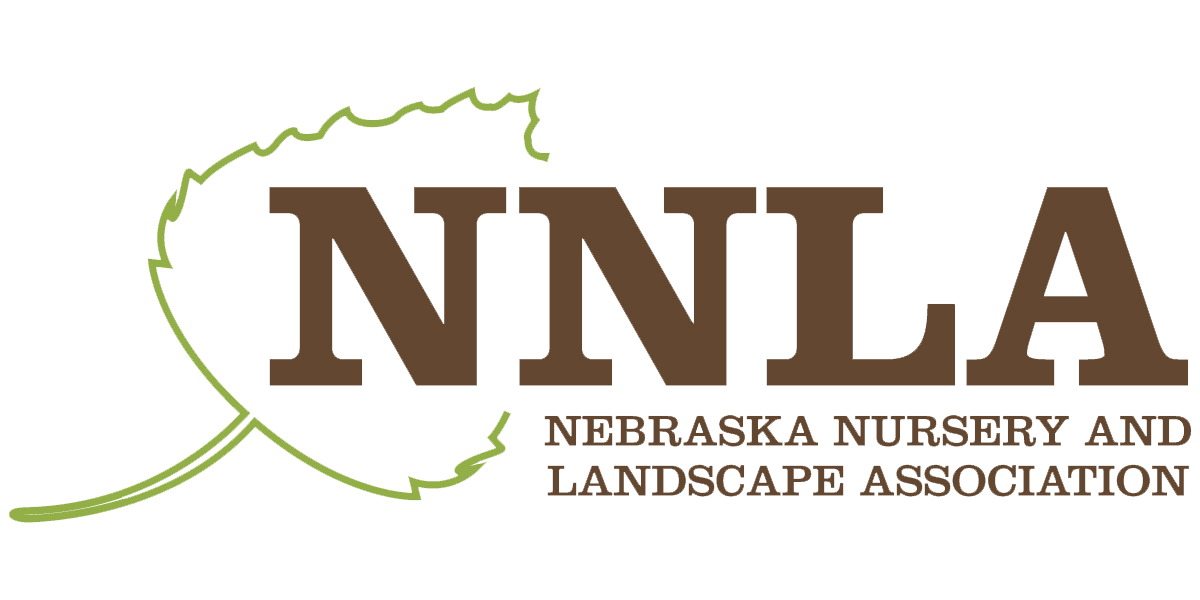Better Together: Good Plant Combinations
BENEFICIAL LANDSCAPES COLUMN FROM THE NEBRASKA STATEWIDE ARBORETUM
Plants are much like humans, they need each other. Very few of them look good or do well all by themselves surrounded by bare soil or even by expanses of mulch. More importantly, they’re healthier planted together where they shelter each other from exposure to all the elements—wind, sun, snow, heavy rains.
It can be dramatic to see huge swaths of one particular plant in a landscape and large public gardens have enough space to allow it. But most home gardeners want more variety in their limited space and don’t have large numbers of a single species to plant at one time. A biodiverse landscape is healthier in the long run, far less expensive to develop initially and more interesting through all the seasons.
Most ornamental plants are seasonal and have their own particular time to shine, whether that’s early spring, mid-summer, late fall or in a barren winter landscape. Having other plants nearby means the focus can change from one plant to another as the season progresses.
Physical support is another very real advantage to grouping different plants. Prairies are the ultimate mixed landscape, with the dense basal growth of grasses propping up tall but weak-stemmed vertical plants like pitcher sage, sunflowers and asters. Many tall ornamental plants have “bare legs”—lower stems with a minimum of foliage. For them, both the physical and visible support of plants with lower, bushier foliage helps them look their best.
It can be fun to “wow” visitors with a show-stopping seasonal garden but our seasons are short, so the more the interest is spread out, the better.
Here’s some plant companions that require about the same amount of sun and moisture, look beautiful together and can lean on each other for visual and physical support when they’re not at their best.
COMBINATIONS TO TRY
Purples and yellows are complementary colors on the color wheel and in the garden. In the photos opposite, Liatris mixes well with rudbeckia at the Backyard Farmer Garden (ALWAYS worth a visit).
Alliums and sedums, both with silvery, gray-green foliage and soft white to pink flowers, are beautiful together.
Orange and pink may not seem like a good mix but these alliums with butterfly milkweed are happy together and offer a contrast of round to umbel-shaped flowers and grassy green to gray-green foliage.
For shady areas, the silver and purple foliage of ghost ferns combines well with purple gray coral bells; no flowering required for this mix to shine.
Gaura and blue grama. Where does one plant end and the other begin? It’s impossible to tell in this photo from the Yeutter Garden on UNL’s East Campus. These two airystemmed plants twine their similarly lacy seedheads and pale pink flowers together for a subtle but stunning long display in midsummer.
Karma Larsen, Nebraska Statewide Arboretum, plantnebraska.org


